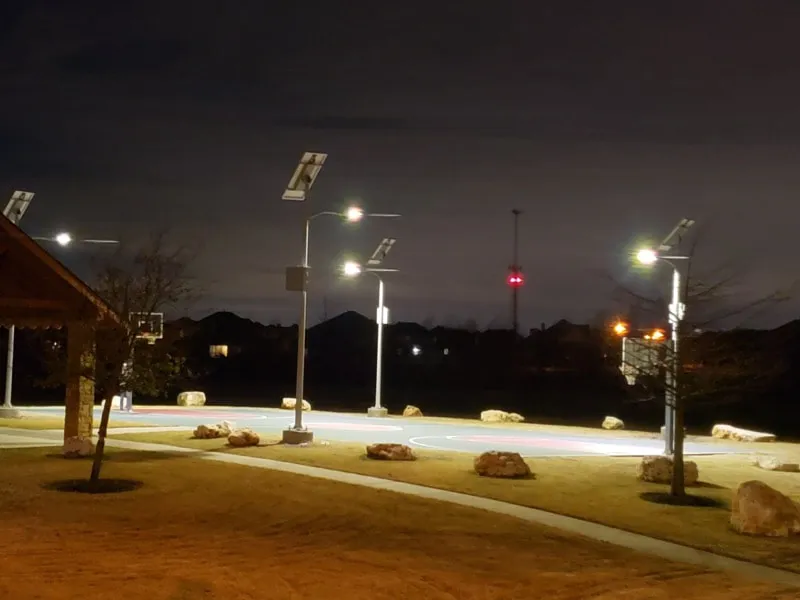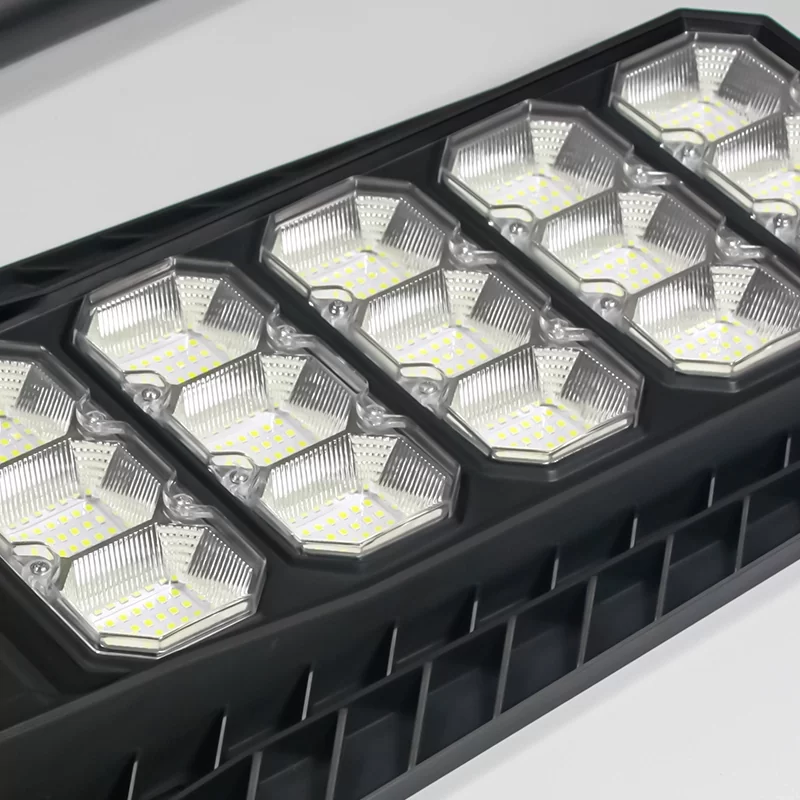on. You might think, “Okay, it’s probably the bulbs.” But the real problem could be the ballast. For big corporate buyers and LED light distributors, knowing when to replace a ballast is critical to keeping things running smoothly and avoiding expensive delays.
How can you tell if a ballast is bad?
SIGNS YOUR FLUORESCENT LIGHT FIXTURE BALLAST IS FAILING:
- Bulbs take longer to light up: If you’ve noticed that your bulbs are taking longer to start and light up, it could be a sign that your ballast is struggling to provide the necessary power.
- Buzzing noise: If you hear a buzzing or humming noise coming from your fluorescent light fixture, it’s often a sign that your ballast is failing.
- Flickering or dim light: If your bulbs flicker, are dim, or produce uneven light, it could be a sign that your ballast is bad.
In this guide, I’m going to show you the key signs that your ballast needs to be replaced and why you need to act quickly to keep your lights working.
Table of Contents
Let’s say you’re running a big lighting project and all of a sudden, the lights start flickering or won’t turn
How do you know when to replace ballast?
If you’ve got a fluorescent light that’s buzzing or flickering and changing the bulbs doesn’t fix the problem, you can bet your bottom dollar the ballast needs to be replaced. It’s important to maintain consistent lighting quality, especially in commercial settings where poor lighting can affect productivity and safety.
Is it worth replacing a ballast?
Ballasts typically last about 20 years, but if you’re using subpar bulbs or you’re in a really cold environment, they don’t always last that long. If you’ve got a ballast that’s starting to fail, it’s not only going to restore the lighting to its optimal quality, but it’s also going to prevent any issues that could arise from neglecting the problem.
How to Test a Ballast
Testing a ballast is simple with the right tools.
Using a Multimeter:
- Stick one probe into the wire connector while you hold the white wires together.
- Touch the other probe to the ends of the yellow, red, and blue wires coming from the ballast.
- If the ballast doesn’t make the needle move, you know it’s bad and needs to be replaced.
How to test without a multimeter: If you don’t have a multimeter, you can check the ballast visually. If it’s burned, swollen, or leaking, it’s time to replace it.
Is a bad ballast dangerous? While it’s not immediately dangerous, a bad ballast can cause inconsistent lighting, which can lead to potential hazards in commercial or industrial settings. For example, flickering lights can create unsafe working conditions, and a ballast that overheats could potentially cause a fire hazard if left unattended.
Conclusion
If you’re a business owner or facilities manager, you might not think much about the ballasts in your lighting systems. But you should.When a ballast starts to fail, it can cause a lot of problems. Lights might start flickering or dimming. They might buzz. They might not turn on at all. And that’s bad for business.
You should always be on the lookout for signs that a ballast is about to fail. If you see them, replace the ballast right away and you’ll be back in business. If you’re sourcing lighting products, always ask about the ballasts that come with the fixtures. You’ll want to make sure you’re getting good ones because the ballasts are what make your lights last a long time and perform well.





